| Why Visit Galleries? The purpose of this assignment is to get students out into the RVA gallery scene. Not only do I want you to experience the art scene of this great city, but I want you to do it with discerning eyes. Take this assignment seriously, and educate yourselves about the the type of work being displayed in our city’s most elite galleries and museums. If you pay close attention, you will be well prepared to present your work professionally in your own senior show. Directions: Once per quarter, you will be required to complete this Gallery Visit log by answering the two discussion questions below. In addition, you will be required to take a creative selfie at the gallery as proof that you were there. This assignment will be weighted the same as the Artist Study that is also due once per quarter. The most creative photos will be shared on the DRHSART Instagram. Choose from the list of galleries from the Museums and Galleries page on the DRHSART site. Keep in mind that you may not visit the same location twice in the same school year. Grading Criteria: Creative Selfie: (50 points) Describe atmosphere of the gallery. (25 points) How is the work hung, labeled, lit? Where is the show information, and how does it play into the overall design of the exhibition atmosphere? If possible, find out what fonts are used for the signage and labeling. Describe your favorite work of art in the gallery. (25 points) Please identify the artist, title of the work, and the price if available, then discuss why you picked that particular piece. The more descriptive you are with this, the more you will learn. |
|
0 Comments
|
Art 45
|
||||||||||||||||||||||||||||||||

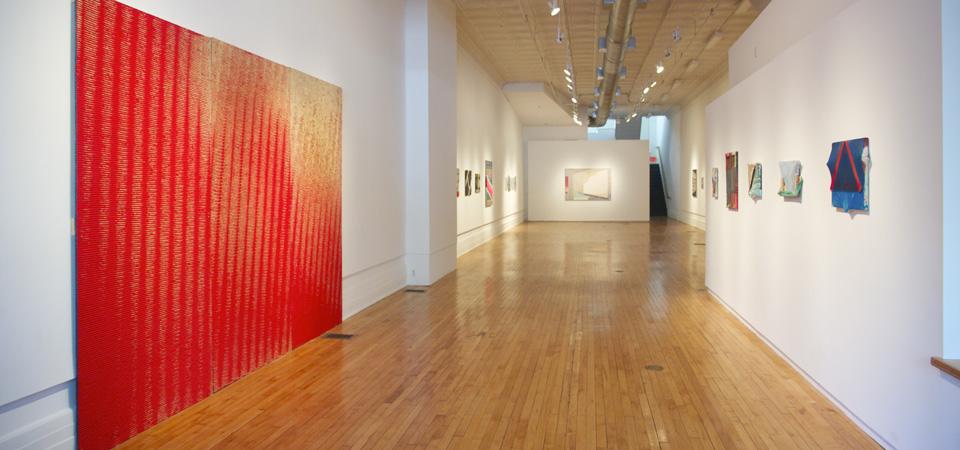
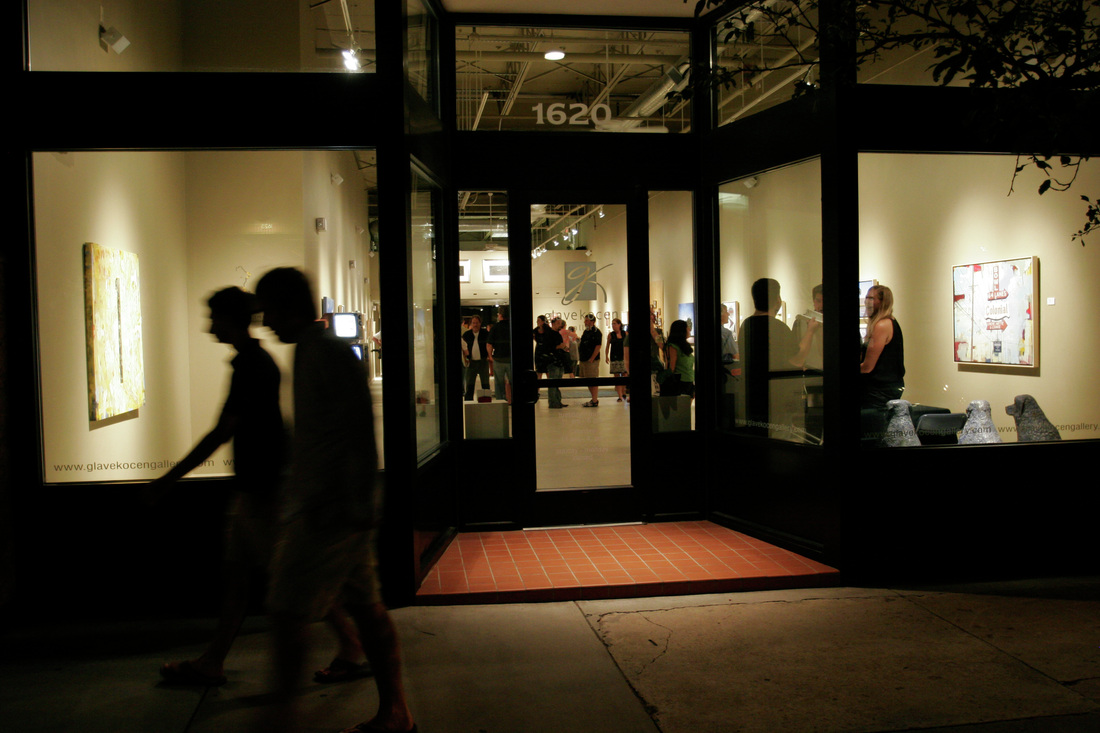
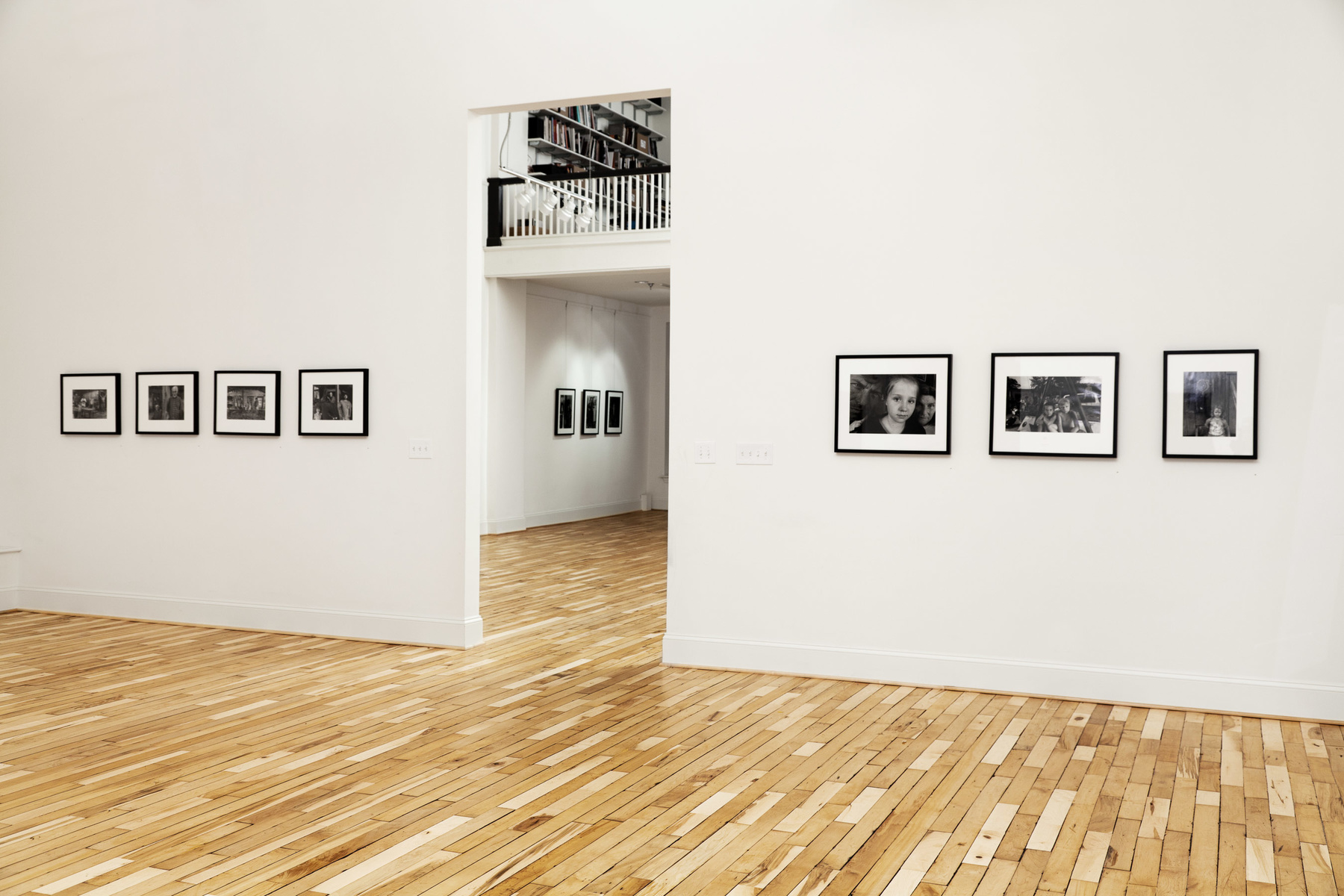
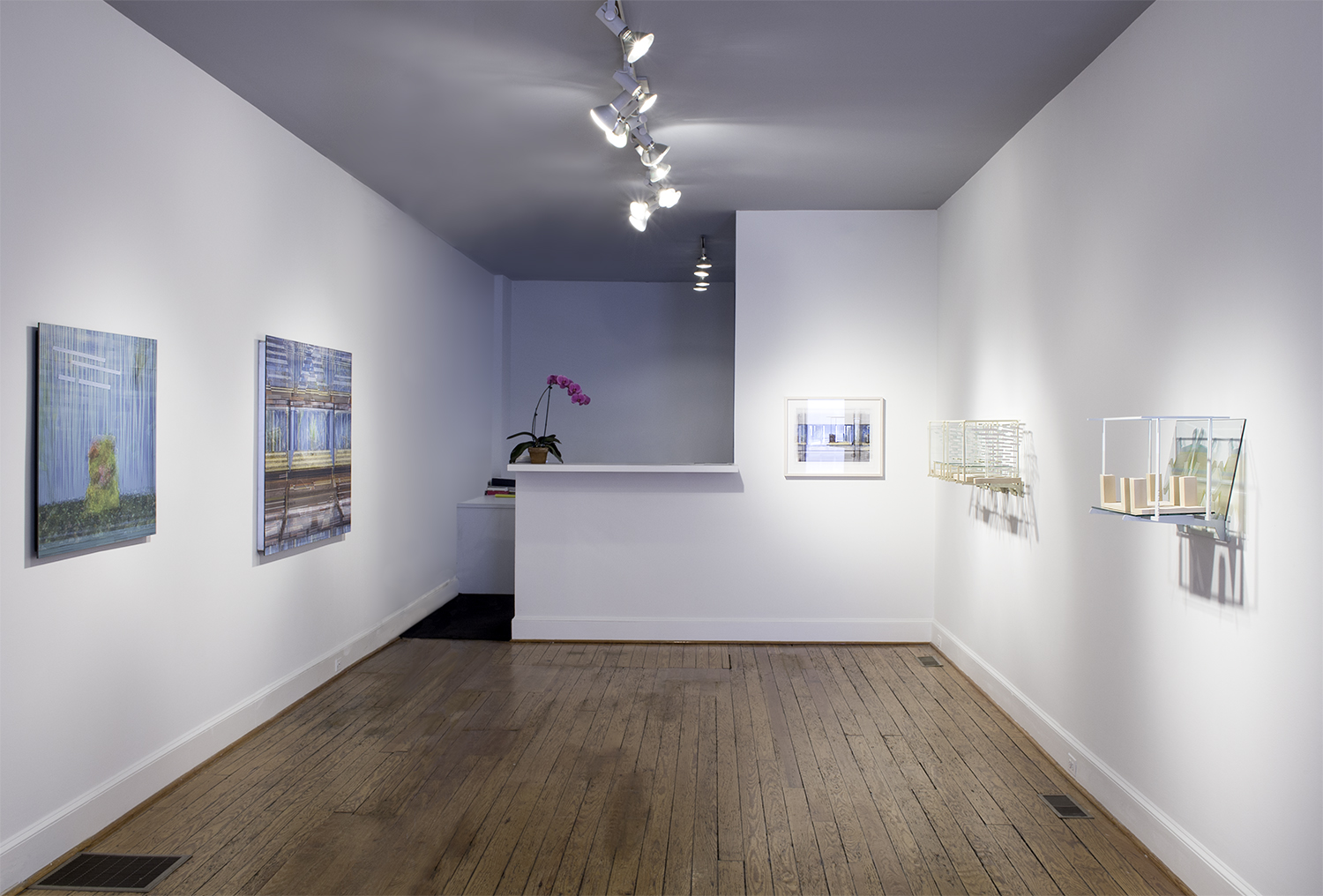
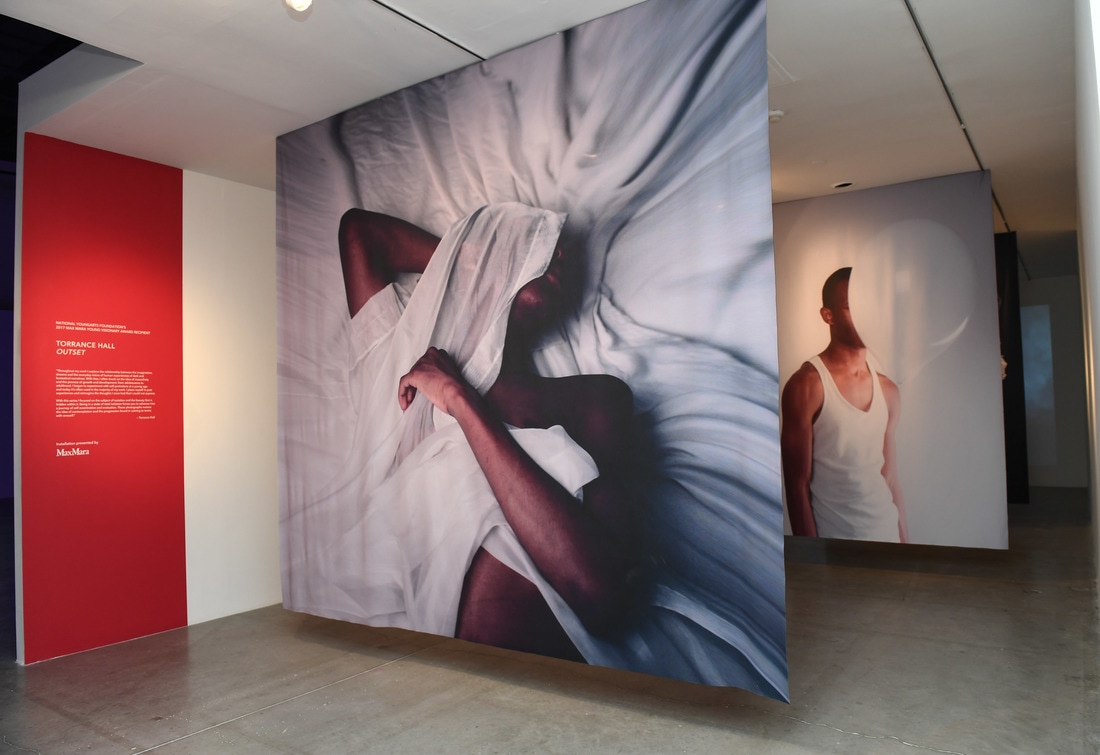
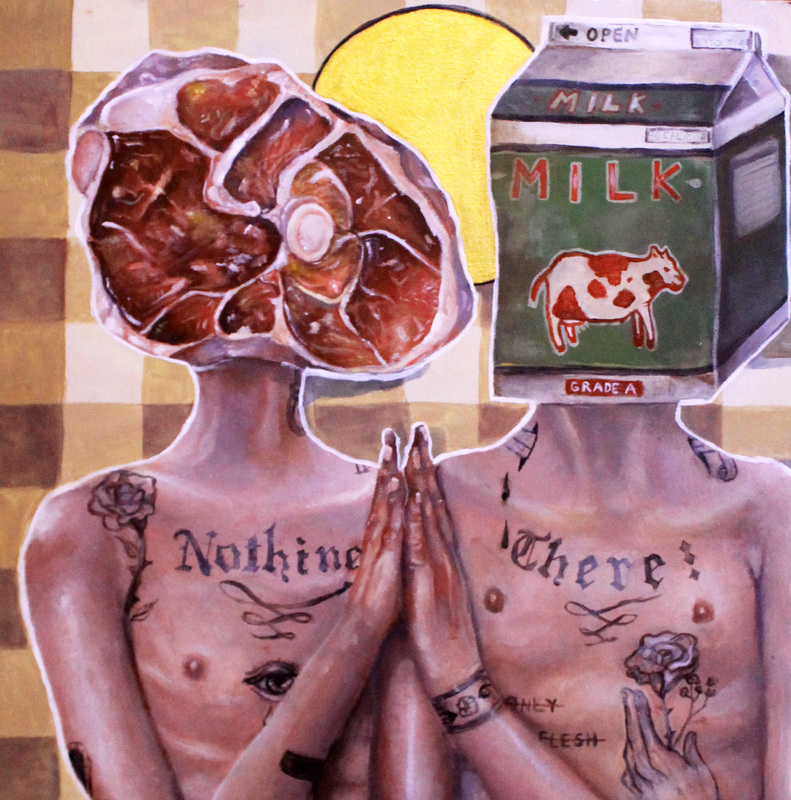
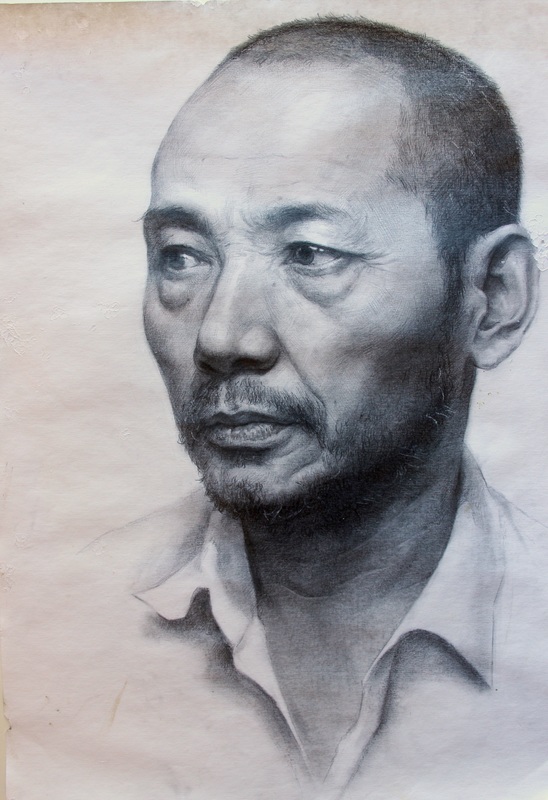
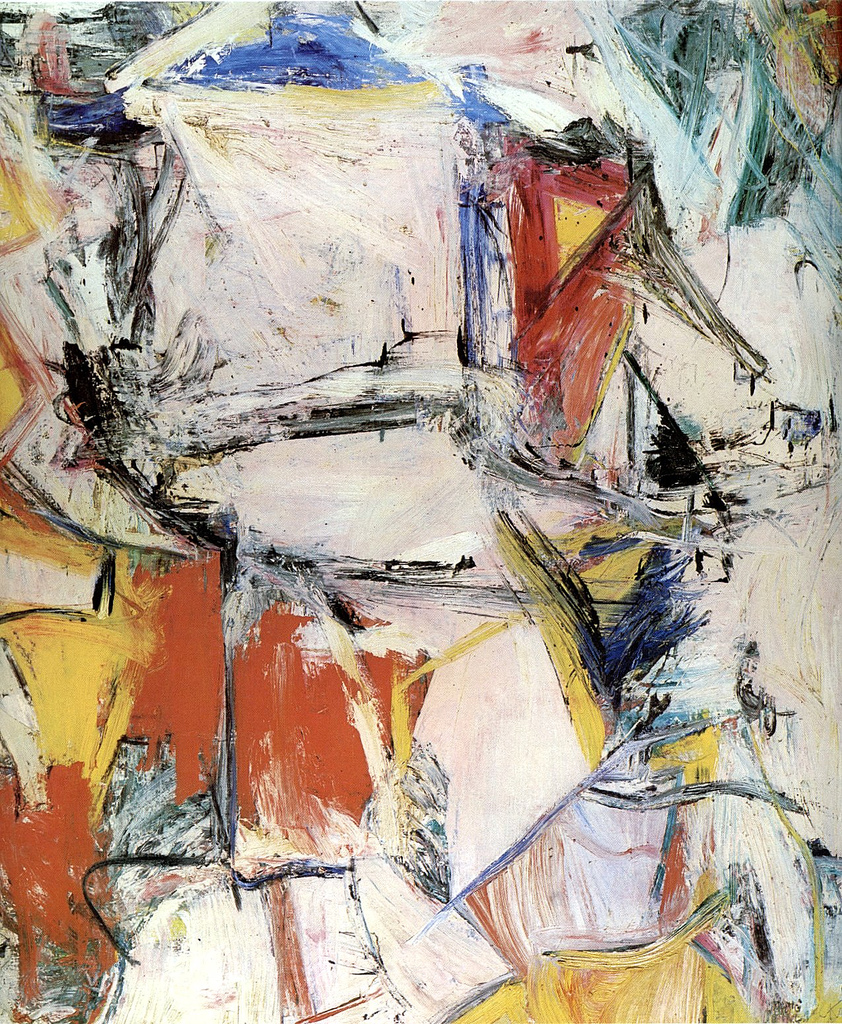
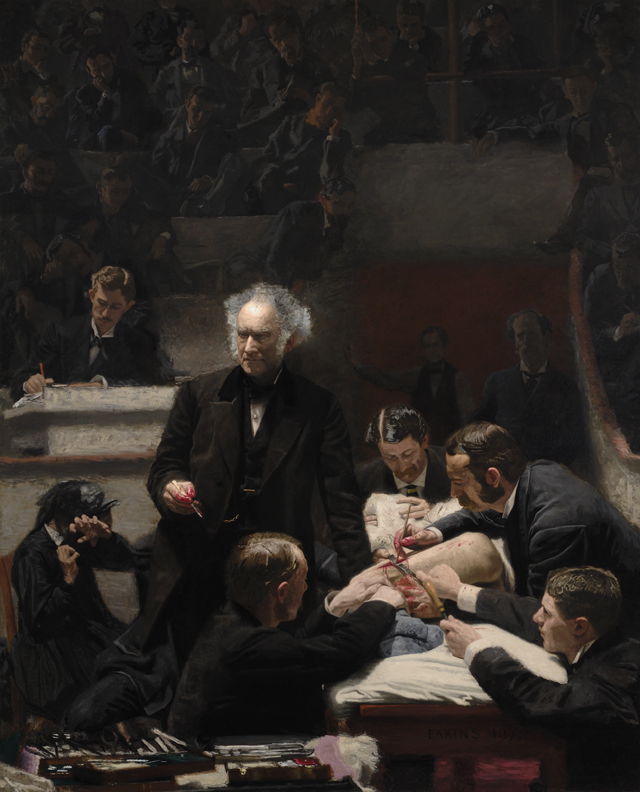

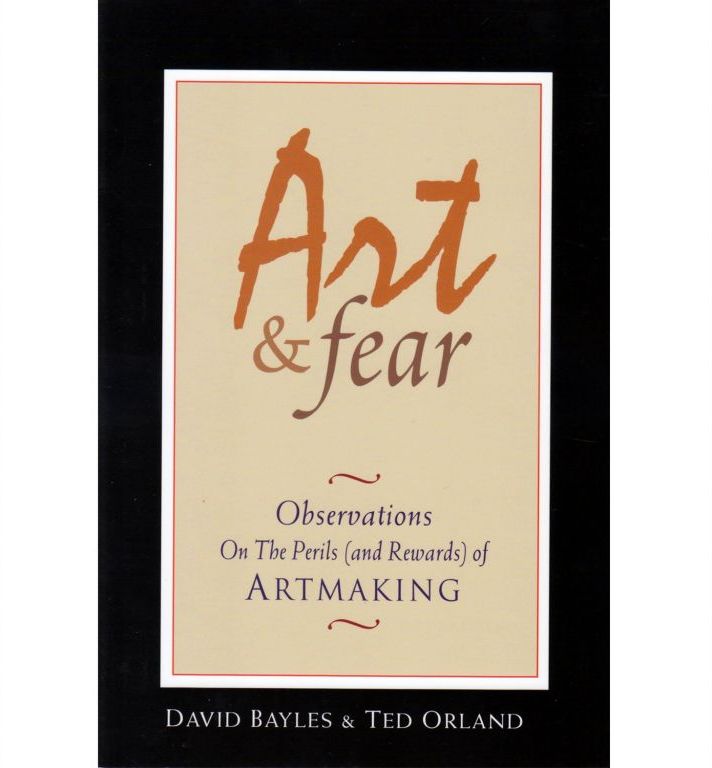
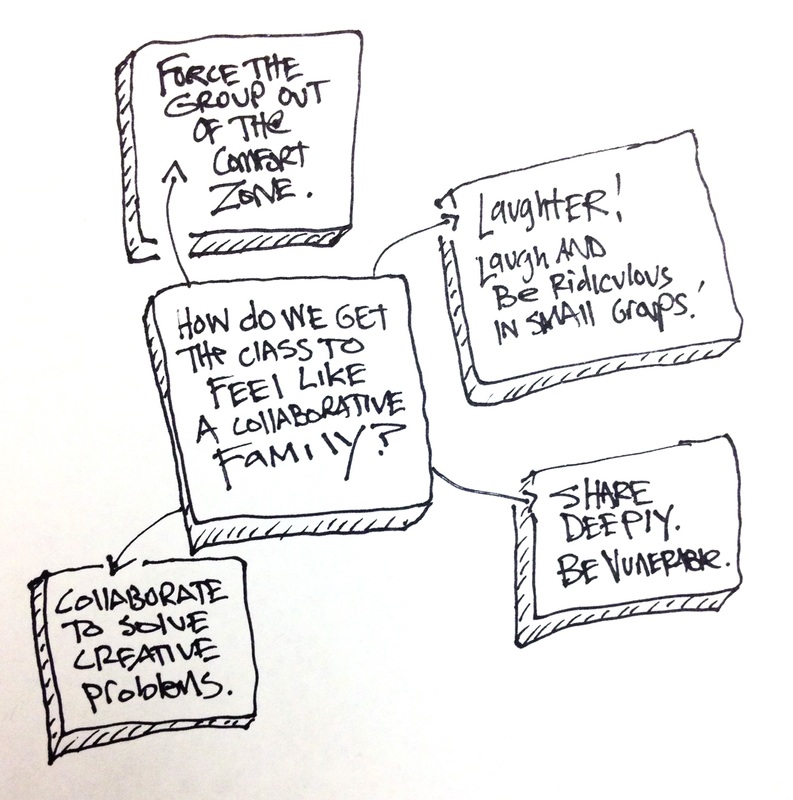
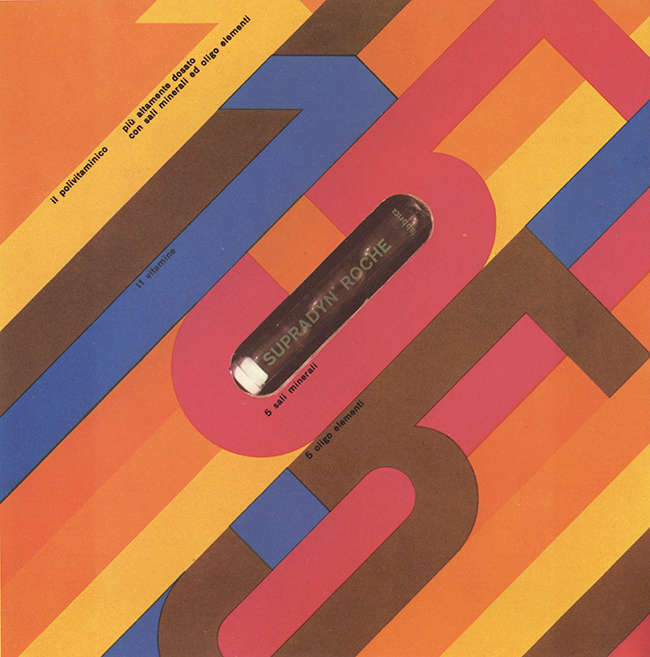
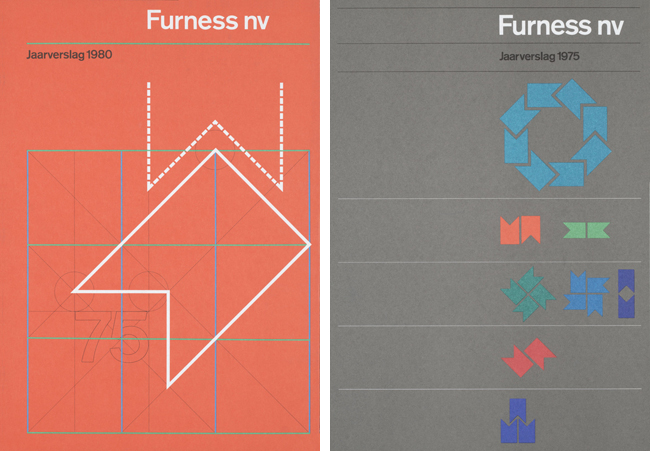
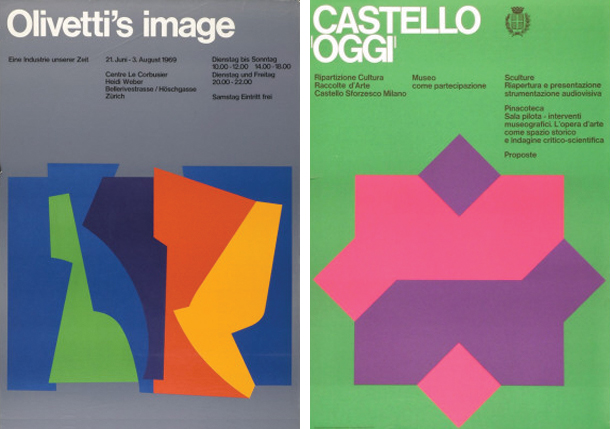
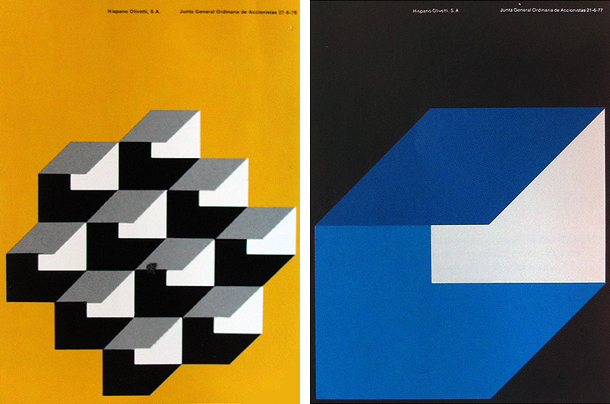
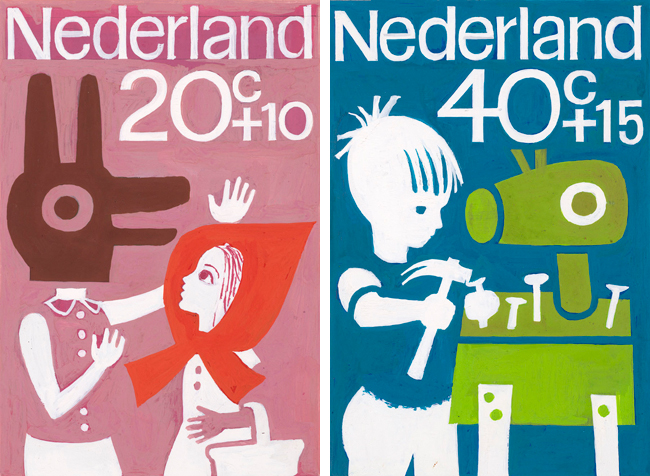
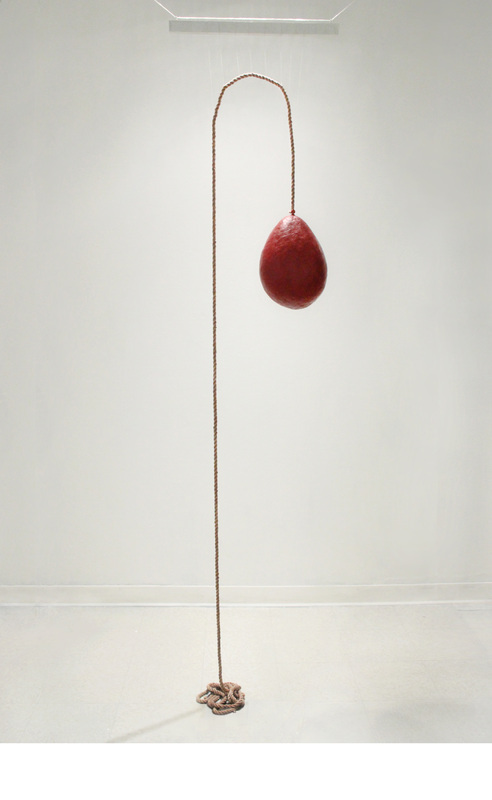
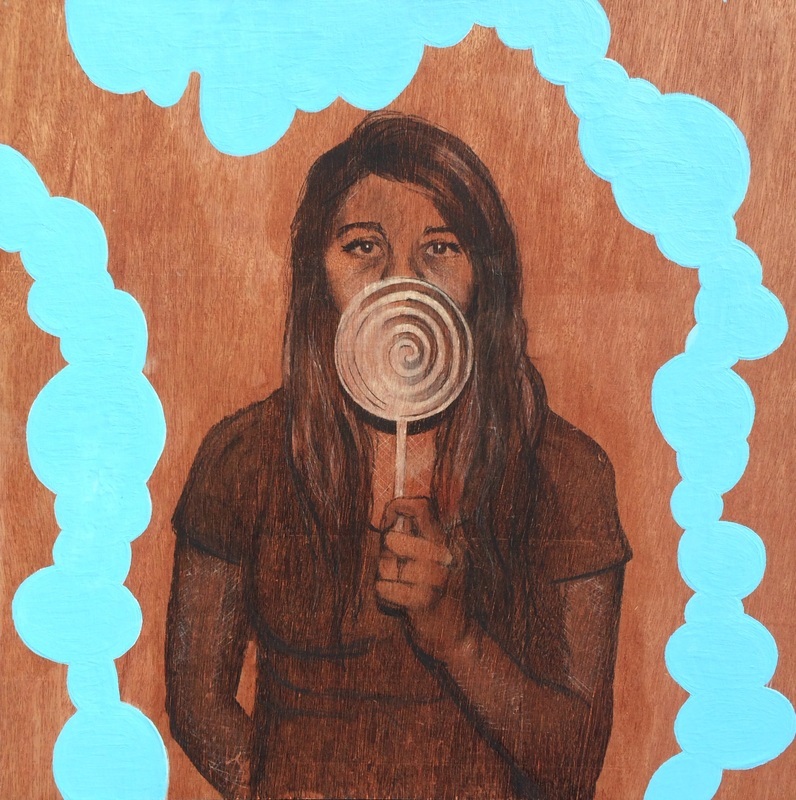
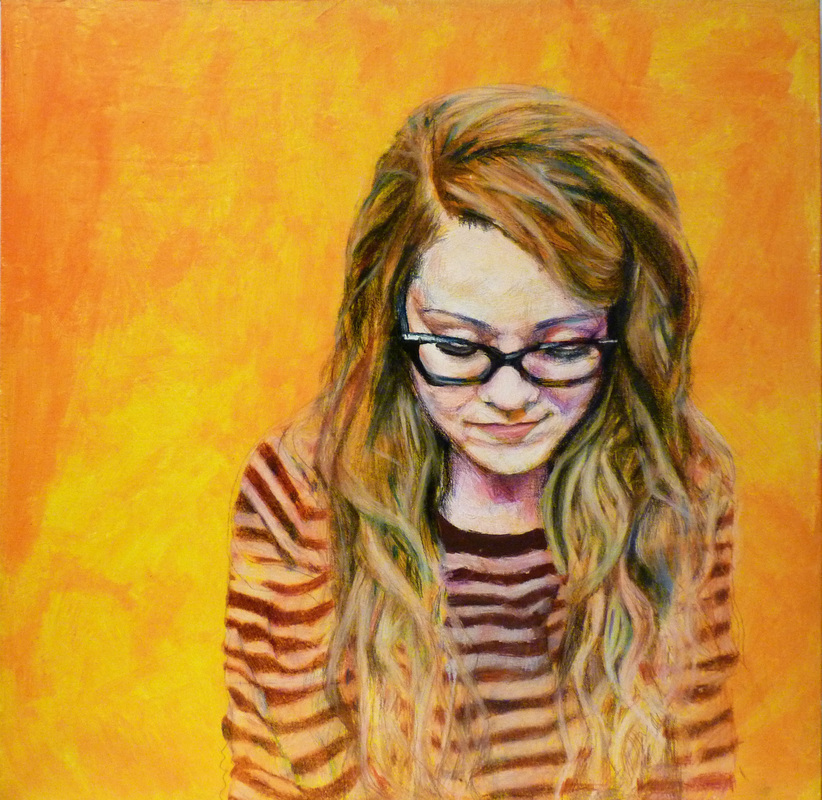
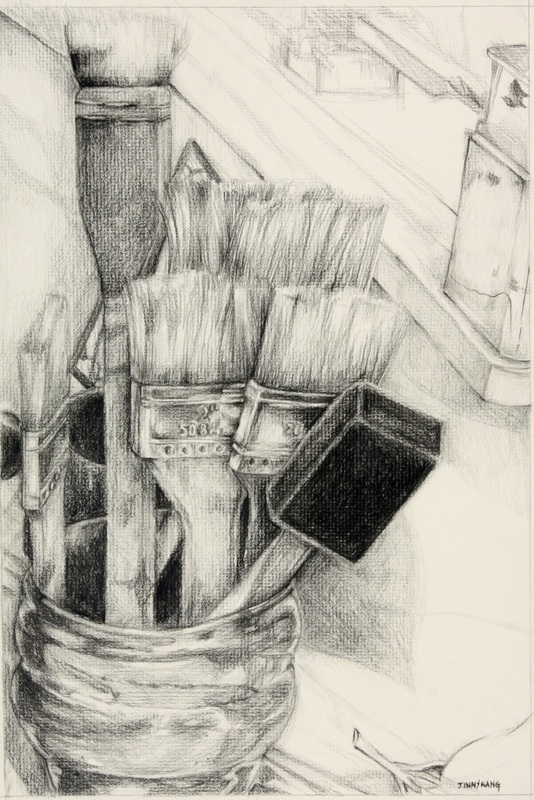
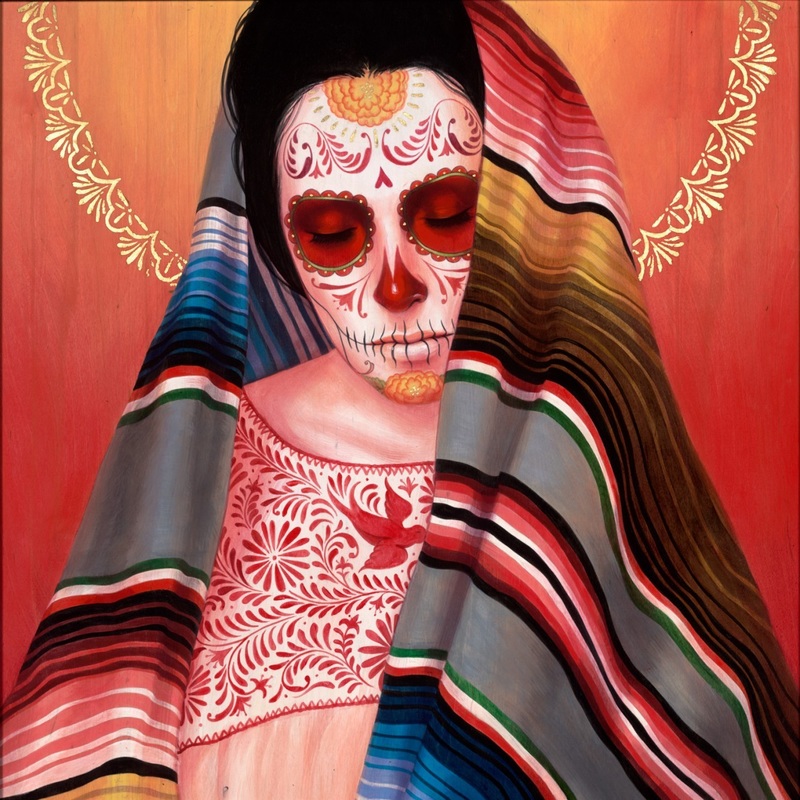
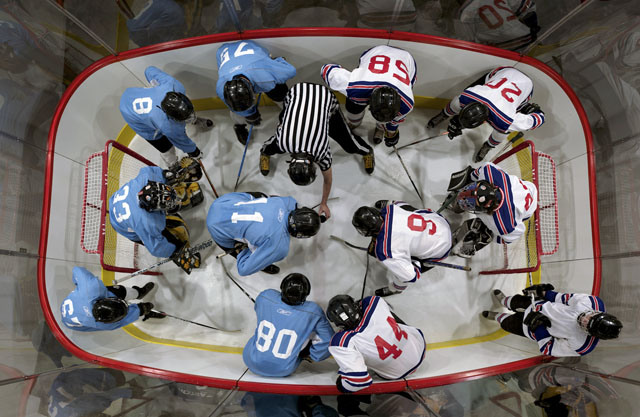
 RSS Feed
RSS Feed
